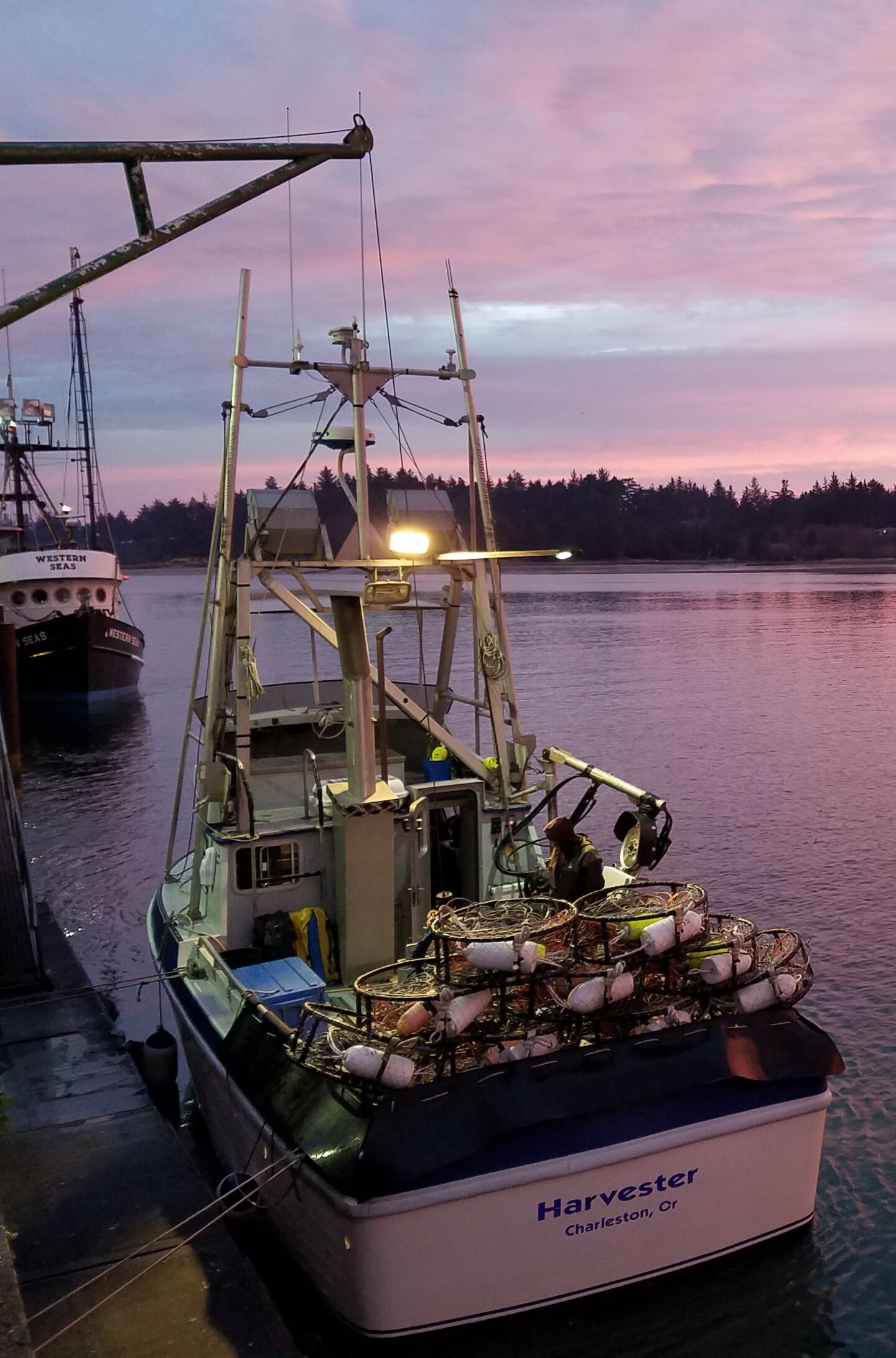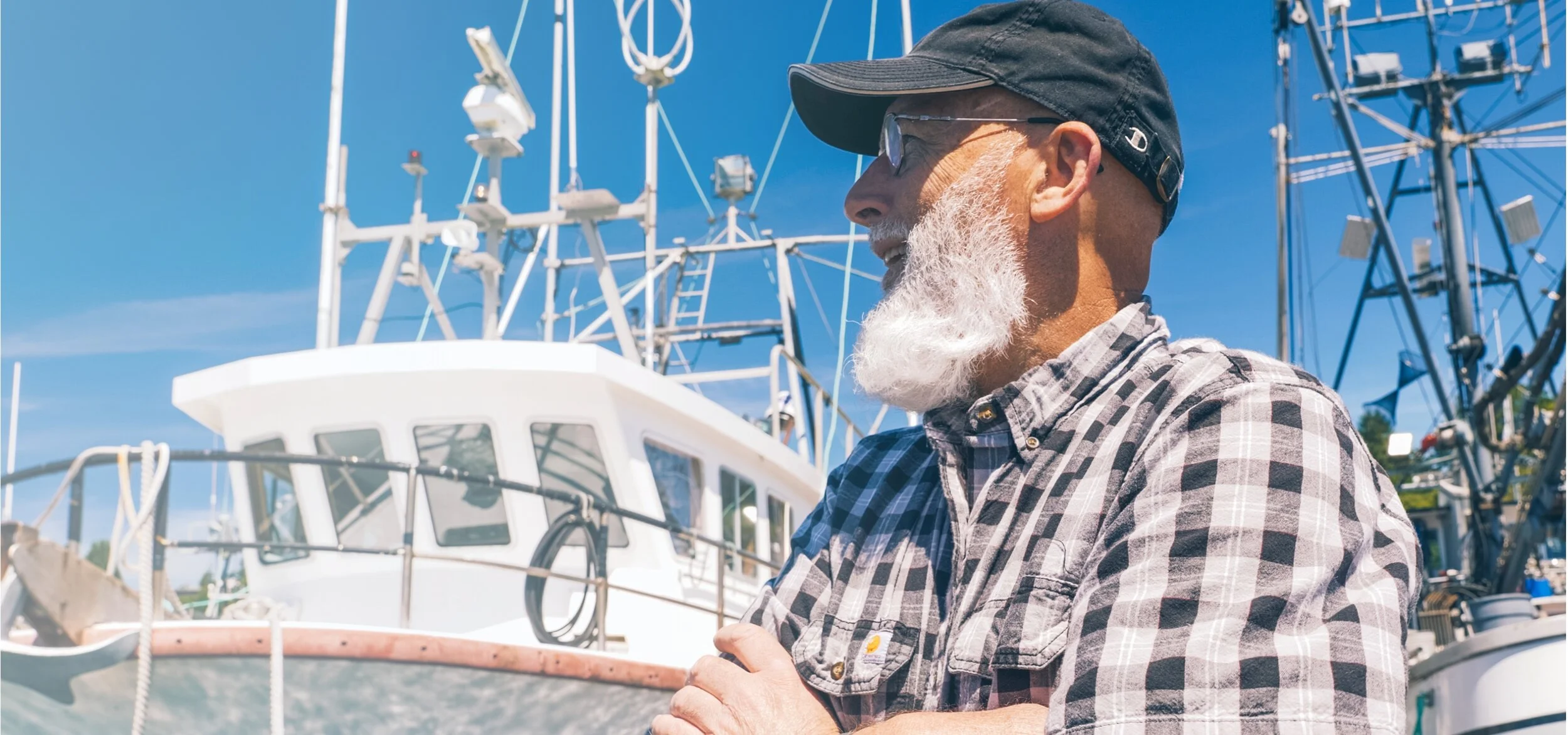
Leaders in Fisheries Management
The United States is the global leader in sustainable seafood production and science-based fisheries management—thanks in large part to the Magnuson-Stevens Fishery Conservation and Management Act (MSA).
The MSA is our nation’s foundational law governing marine fisheries in federal waters, also known as the U.S. Exclusive Economic Zone (EEZ). It establishes ten National Standards that must guide all federal fishery management plans, ensuring responsible stewardship of our marine resources.
Under the MSA, eight Regional Fishery Management Councils are charged with implementing these principles. Each Council is made up of stakeholders with deep regional knowledge—fishermen, scientists, managers, and others—who work collaboratively to develop fishery management plans and regulations tailored to their region.
The Council process is participatory, transparent, and grounded in science. Councils evaluate a wide range of ecological, economic, and social factors before recommending any action. Final approval of their plans and regulations rests with the Secretary of Commerce, who must ensure compliance with the MSA and its National Standards.
This unique, collaborative approach has made the U.S. a global benchmark for effective fisheries governance. More than 40 overfished stocks have been rebuilt under this science-driven system, and our commitment to sustainability has protected marine ecosystems while supporting the success of seafood businesses and coastal communities.
Seafood Harvesters of America is proud to support the MSA and the transparent, science-based process that sustains our fisheries and secures the future of the U.S. seafood industry.

What Makes U.S. Fisheries Management Unique?
U.S. fisheries management is, at its heart, centered on sound science and conservation to ensure the health and sustainability of our fisheries resources, fishing industry, marine habitat, and coastal communities.

U.S. Fisheries by the Numbers
*Fisheries of the U.S., 2019.
**Status of the Stocks, 2020.
***Fisheries Economics of the U.S., 2017.

How U.S. Fisheries are Managed
Our fisheries management system is required by law to be rooted in the best available science and abide by the 10 National Standards in the Magnuson Stevens Fishery Conservation and Management Act (the MSA).
Thanks to the framework within the MSA, our fisheries are managed in a continuous feedback loop that involves the eight Regional Fishery Management Councils (Councils), scientists, NOAA Fisheries (NMFS), and fishermen.
Each year, NMFS scientists and managers conduct surveys for more than 200 fish stocks within our Exclusive Economic Zone (EEZ). The data collected from these surveys is called “fishery-independent data” because it does not depend on commercial fishing efforts; it is based on established scientific methods and follows rigorous statistical protocols.
At the same time this data is being collected, commercial fishermen and seafood dealers are reporting detailed information about their harvest including the management area where they caught it, when they caught it, and how much of each species they caught. This data is called “fishery-dependent data” because it is data that details what is being harvested by commercial fishing efforts.
Fishery-independent and fishery-dependent data, along with additional ecological information about the reproduction, growth, and natural mortality of a fish stock, as well as many other ecosystem factors (water temperature, currents, trophic interactions and needs,
etc), are pulled into a stock assessment model. Stock assessment models provide snapshots of the long-term growth (or decline) of a fish stock and provide the technical and scientific basis for setting annual catch limits (ACLs).
Each Council has a Science and Statistical Committee (SSC) composed of expert scientists and researchers who interpret the stock assessment model results. The SSC makes management recommendations to the Council, including recommendations for ACLs. The Councils take this recommendation, consider the social, economic, ecological, and biological factors, hear public comment from fishing industry and other stakeholders, deliberate, and ultimately decide on a final management measure to adopt. All management measures adopted by the Councils must be reviewed and approved by the Secretary of Commerce.
As commercial fishermen harvest under one year’s management measures, they continue recording and collecting fishery-dependent data that will be included in the stock assessment model for the next year. Simultaneously, scientists and researchers are collecting important fishery-independent and other ecological and ecosystem data that will be used in the stock assessment models. Once the stock assessment models are complete, the SSC and Councils begin their deliberations again, listening to additional feedback from commercial fishermen about changes they’re witnessing on the water. This iterative, cyclical process allows for the constant fine-tuning of management measures to ensure our fisheries, fishing businesses, coastal communities, and oceans remain healthy.











